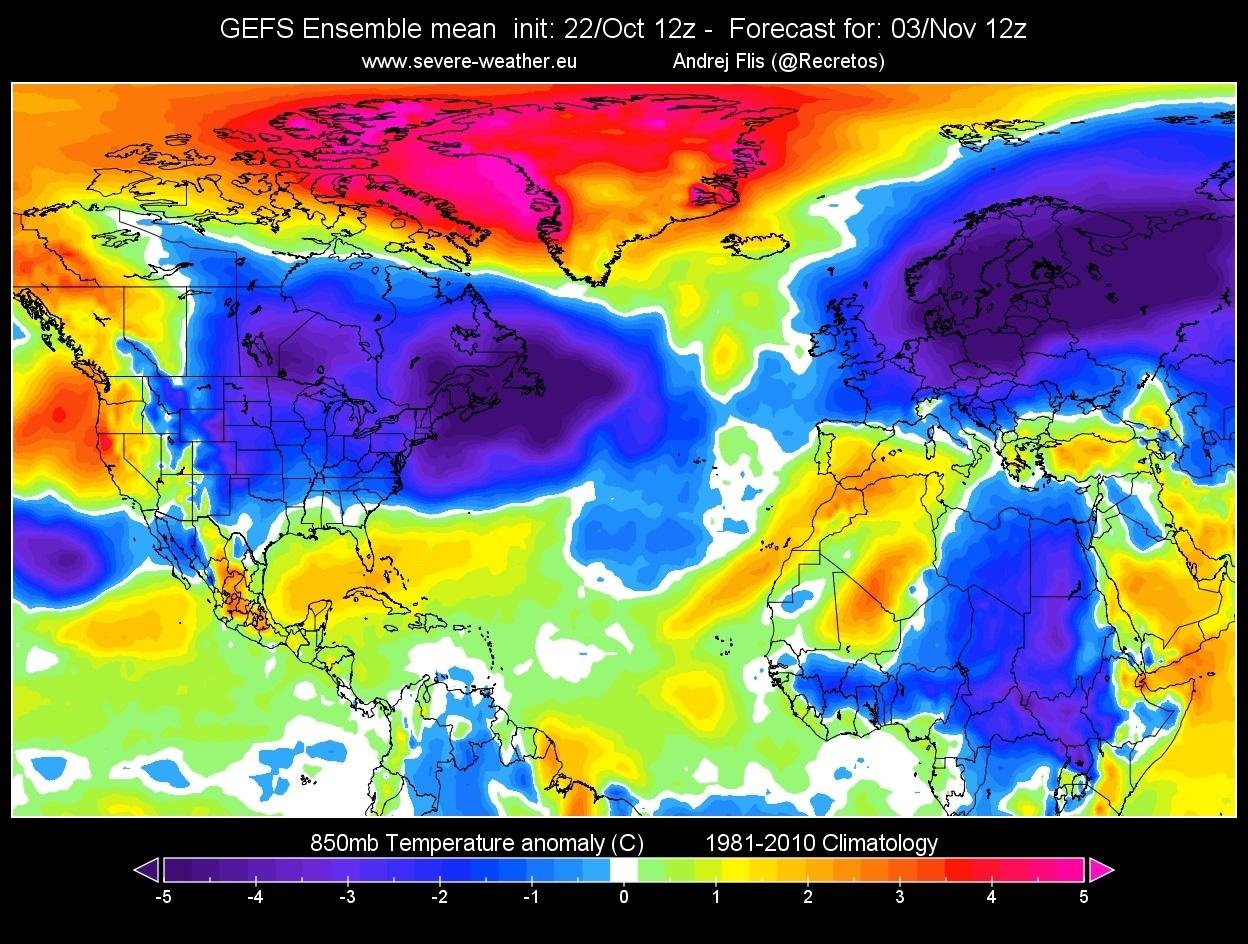Visiting Bhutan, often dubbed the “Land of the Thunder Dragon,” promises breathtaking landscapes, rich culture, and a unique spiritual experience. Though, not every time is ideal for travel within this enchanting Himalayan kingdom. With its diverse climate, fluctuating seasons, and numerous cultural events, certain periods can be less favorable for tourists.From heavy monsoon rains to the biting cold of winter, choosing the wrong time to visit can dampen your experience, leaving you longing for the vibrant beauty and warmth that Bhutan has to offer. This article aims to guide potential travelers by highlighting the worst times to visit Bhutan, considering factors such as weather, accessibility, and local events. By understanding these nuances, you can plan a trip that reaps the full rewards of Bhutan’s unparalleled charm, while avoiding potential pitfalls that could sour your journey. Whether you’re seeking to witness the stunning landscapes or immerse yourself in Bhutanese culture,this details will help ensure that your adventure is both enriching and memorable.
the Impact of Weather Patterns on Your Bhutan Experience
When planning your visit to Bhutan, understanding the local weather patterns can drastically influence your experience. The country’s diverse topography leads to varying climates across its different regions, which means that timing your trip is crucial. As an example, if you’re longing to trek through the stunning Himalayas, consider avoiding the harsh monsoon season from June to August, as the heavy rains can lead to landslides and muddy trails. Instead, you might find the best seasons for outdoor activities during the spring (March to May) and autumn (September to November) when the weather is comparatively stable, and the views of the mountains are breathtakingly clear.In contrast, winter, though cold, offers a serene beauty, making areas less crowded and perfect for solitude seekers. Remember the following aspects that can shape your time in Bhutan:
- Temperature Variability: Expect major temperature differences between day and night.
- rainfall Patterns: The southwest monsoon can lead to unexpected weather disruptions.
- Festival Timing: Cultural events like Tshechus often coincide with favorable weather.
To assist you further, here’s a simplified overview of the seasonal weather conditions you might encounter:
| Season | Temperature Range (°C) | Key Characteristics |
|---|---|---|
| Spring (Mar – May) | 10 – 20 | Blooming flowers, clear skies |
| Summer (Jun – Aug) | 15 – 25 | Heavy monsoon rains, humidity |
| Autumn (Sep – Nov) | 5 – 15 | Crisp air, vibrant foliage |
| Winter (Dec – Feb) | -5 - 10 | Cold, tranquil landscape, fewer tourists |
being aware of these climatic challenges can not only help you to pack appropriately but also enhance your overall enjoyment, ensuring that your adventure in Bhutan becomes a cherished memory rather than a weather-related ordeal. This way, you can truly embrace the breathtaking beauty this mystical land has to offer, regardless of the season you choose to explore with Gezify.
Navigating Cultural sensitivities During Festivals and Holidays
When planning a visit to Bhutan, especially during its vibrant festivals and significant holidays, it’s crucial to approach cultural sensitivities with respect and awareness. These times offer unique insights into Bhutanese traditions, but they can also be overwhelming if you’re unprepared. Here are some key considerations to help ensure a respectful visit:
- Understand Local Customs: Familiarize yourself with Bhutanese cultural norms and practices, including dress codes. Customary attire is often required, especially at religious sites.
- Respect Religious Observances: Festivals frequently enough involve rituals or ceremonies; be mindful of participation and photography restrictions during such events.
- Engage with Locals: Approach interactions with an open heart. Conversations about their culture and beliefs can enhance your experience while showing genuine interest.
- Plan Ahead: Festival dates can lead to increased tourism and potential accommodation shortages. Consider booking well in advance to avoid disappointment.
- Avoid Public Disruptions: While festivities are joyous, they should not disrupt local customs. Noise levels and behavior should be moderated, particularly in sacred spaces.
| Festival Name | Date (2023) | Key Attraction |
|---|---|---|
| Paro Tsechu | March 30 - april 3 | Traditional Mask Dances |
| Bumthang Drukpa Kunley Festival | July 22 - July 24 | Clapping Games & Stories |
| Thimphu Tshechu | September 23 – September 27 | Cultural Performances |
Such experiences allow travelers on Gezify to forge connections and build understanding amidst the rich tapestry of Bhutanese life. Embracing these cultural nuances not only enriches your trip but also fosters mutual respect and appreciation.
while Bhutan is a breathtaking destination year-round, understanding the less favorable times to visit can significantly enhance your experience. By considering factors such as weather conditions, crowd levels, and local festivals, you can better plan your journey and avoid potential pitfalls. Whether you’re drawn to the serene landscapes or the rich culture, choosing the right time will help you appreciate all that Bhutan has to offer. Remember,thoughtful planning is key to a rewarding travel experience. Safe travels!
